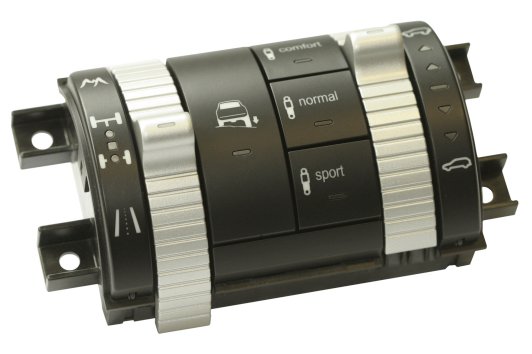Laser Marking - A Basic Guide
There are many laser marking machines available on the market designed to mark a variety of surfaces. These include metals like Titanium, Aluminium, Anodised Aluminium, Steel, Stainless Steel, Tungsten Carbide, etc, as well as many synthetic and non-synthetic materials like plastic, wood, cardboard and glass.
Laser marking machines do this very quickly and efficiently and laser marking has become an essential process for many companies for a variety of tasks.
Permanent laser marking for product identification and traceability is used in many industries - from auto parts and medical supplies to packaging and product logos. For many businesses providing parts or components, it is essential that the serial number is etched into the part, and a laser is often the best way of doing this.

Lasers mark surfaces by creating high energy photons which are focused to a small spot on the surface creating a mark. There are currently three basic types of laser available:
- CO2 laser
- Nd:YAG laser
- Fiber laser
So which laser is best for which job?
Each of these lasers work slightly differently and are therefore best suited to marking specific materials:
- CO2 laser - Natural materials such as wood, acrylic, plastic, fabric as well as transparent objects (like glass) are better suited to the CO2 laser as the wavelength produced is longer and has more latitude.
- Nd:YAG laser/Fiber laser - Most metals are reflective and this is where an Nd:YAG or Fiber laser is the best option. The wavelength is much shorter so there is less reflection of the beam on the surface, less energy loss and easier working of the metal. However, if the object is transparent, like glass, the YAG/Fiber laser light will pass through it without marking it - - although frequency doubled (green) or frequency tripled (UV) opens up glass and plastics marking. These lasers have a much smaller spot size and can mark with a better resolution. This makes them ideal for small, intricate part marking.
How do I know which would be most suitable?
One way is to test a sample of the material. Although as a general rule of thumb use a CO2 laser for marking organic materials and a YAG or Fiber laser for marking non organic materials.
Another way is to consult someone in the laser marking industry and get some expert advice on the job required and the the most cost-effective way of achieving it.